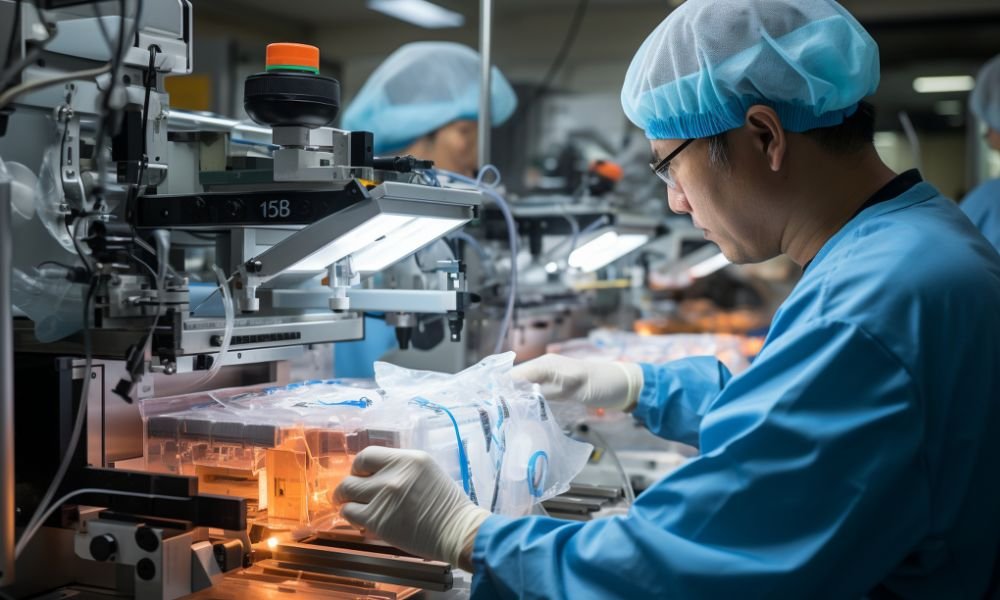Prototyping plays a pivotal role in translating groundbreaking ideas into life-saving devices in the ever-evolving landscape of medical technology. Prototyping is a process that allows product designers to create and refine their concepts, and it’s a crucial stage in the development of medical devices. Understanding the significance of prototyping can mean the difference between a device that functions safely and effectively and one that falls short of its intended purpose. Here are some more in-depth reasons why prototyping medical devices is important.
Initial Concept Testing
The ability to test and validate initial design concepts is at the heart of prototyping. With the vast array of medical devices necessary for diagnostics, monitoring, and treatment, each with its own set of complexities, prototypes are the first step to ensure viability.
The benefit of this early testing is twofold: it provides designers with the opportunity to identify flaws in the basic design and enables medical professionals to provide valuable feedback. Additionally, you can explore several types of medical device testing methods, allowing you to gather as much information as possible about your product’s performance.
Refinement of Design and Functionality
The focus shifts toward refining functionality as the design matures through prototyping. This phase ensures that the device not only works in theory but also stands up to real-world conditions and user demands.
Prototyping allows designers to make incremental improvements, enhancing the durability and overall performance of the device. Iterations of prototypes undergo multiple rounds of testing, from functionality and moving parts to software integration. For example, ensuring the accuracy and response times in a diagnostic device are crucial refinements that prototypes will reveal through testing.
Ergonomics and User Experience
Medical devices must be user-friendly to support healthcare providers and facilitate easy use. Ergonomics and user experience begin to take center stage in the prototyping process.
Evaluating hand grip, button placement, and user interface clarity are essential to prototype refinement. You can adjust designs to minimize user error and optimize the experience by observing how potential customers hold, use, and interact with your device during simulated procedures. A prototype’s function can be perfect, but the chances of adoption diminish if using it is awkward or difficult.
Cost Reduction and Risk Mitigation
The financial investment and overall risk of using the product are another reason why prototyping medical devices is so important. Designers can identify parts that they can streamline for manufacturing efficiency or explore alternative materials that reduce production costs by creating and testing physical iterations of a medical device.
Moreover, prototyping uncovers and addresses potential safety risks, ensuring that a medical device complies with industry regulations and standards before mass production begins. This upfront identification and resolution of issues minimize the likelihood of costly recalls or regulatory setbacks down the line.
Prototyping might seem like a drawn-out process, but it’s vital to get you the information you need to make the best medical device possible. The more you bring to this step, the more you can refine your design to make all your end users happy.
